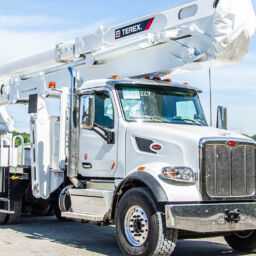The electrical courses can easily stabilize and emphasize the working in hazardous areas. The hazardous areas are difficult to cope up with. Therefore, they have further classification, so that students can easily work on their projects. Before working in these areas, the students need to be instructed with the equipment handling and safety measures.
Principles:
- Any classification can be carried out by direct analogy with typical installations. It requires a more detailed knowledge of the project. The kick point is to identify the sources of inflammable gases or checking the mines measurements at every state.
- There is always a chance of abnormal events. Therefore, the hazard identification processes like Preliminary Hazard Analysis and Operability cases is necessary to take place. In such cases, it is better to be prepared for the situations before stepping ahead.
- Determine the area extent and classification that has broad applicability. This helps in establishing the link between the area and the equipment in different zones. Also, the calculation is simple and depends on the rate at which any process like vaporization can take place easily in hazardous areas.
- Depending on various sources, the hazardous area training or EEHA describes the most sophisticated approaches for every type of operation. It generally focuses on transmission, distributions, and storing facilities for any project in order to get the reliable stats particularly in small areas. On the same side, the training is also relevant to larger scale users.
Classification:
The classification of hazardous areas depends on the atmosphere and is further divided into different zones. These zones are:
- Zone 0: An area that has explosive gas atmosphere and works continuously for long periods.
- Zone 1: An area where gas atmosphere is likely to occur in normal condition
- Zone 2: An area where gas atmosphere is not likely to occur and if it occurs, it is for the short time
Factors To Consider In A Perfect Zone:
- Availability of flammable materials
- Physical properties and characteristics of hazardous operations
- Working on temperature and pressure
- Measuring the probability of present scenario
These factors facilitate an appropriate selection of zone type and zone extent depending on which equipment to use.
Selection Of Equipment: Why Is It Worth?
In the hazardous area zones, the equipment installations require different methodologies. These installation processes have been derived according to the measurements of pressure, temperature, stress, and more.
Relying on the hazardous area classification and temperature, class ignition of the vapor has different flammable materials. Getting through the right scenario for enhancing the major processes is made to work practically.
AUTOPOST by BEDEWY VISIT GAHZLY


